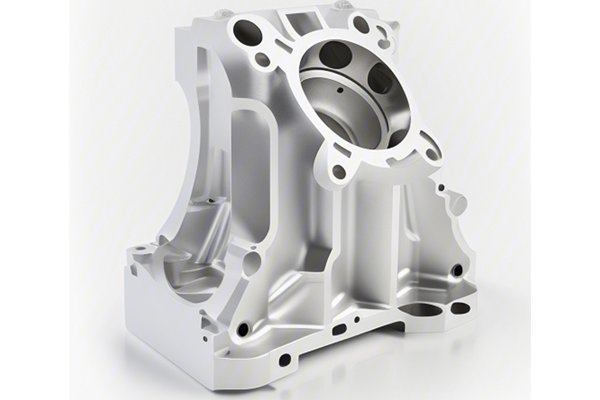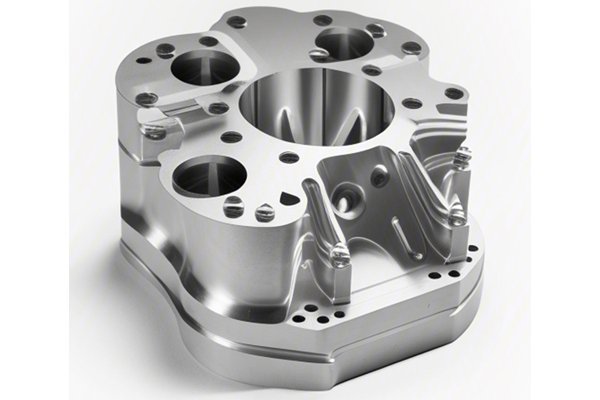Did you know that a mere 1% deviation from specifications in CNC (Computer Numerical Control) machining can lead to significant production issues and increased costs? In the fast-paced world of manufacturing, accuracy is not just important—it’s essential. The ability to consistently produce parts that meet stringent tolerances can mean the difference between success and failure for manufacturers. This blog will explore how establishing robust quality inspection standards plays a crucial role in ensuring accuracy throughout CNC machining processes.
Understanding CNC Machining and Its Importance in Modern Manufacturing
CNC machining is a manufacturing process that utilizes computers to control machine tools. It allows for precise and repeatable production of complex designs, making it a cornerstone technique in various industries such as aerospace, automotive, medical, and electronics. The increasing demand for high-quality, precision-engineered components has elevated the need for stringent quality standards that can bridge the gap between design and manufacturing.
Importance of Quality in CNC Machining
Quality in CNC machining cannot be overstated. High-quality parts lead to increased performance, safety, and reliability of the final products. Consistent quality can result in lower scrap rates, reduced rework, and enhanced customer satisfaction. As a result, manufacturers must adhere to adequate quality inspection standards that ensure the accuracy of CNC machined parts.
What are Quality Inspection Standards?
Quality inspection standards refer to the benchmarks and protocols established to evaluate the performance and accuracy of manufactured parts. These standards can be relative or absolute and often rely on measurements, testing methods, and specifications.
Types of Quality Inspection Standards
Why Are Quality Inspection Standards Necessary in CNC Machining?
Quality inspection standards are crucial due to several factors:
Establishing Quality Inspection Standards for CNC Machining
Creating effective quality inspection standards tailored to CNC machining processes involves several key steps:
Step 1: Define Requirements and Industry Standards
The first step is to identify the specific requirements for the project and the relevant industry standards. Document the handling and inspection requirements by carefully reviewing specifications and customer needs. Collaboration with various stakeholders, including engineers and quality assurance personnel, is vital during this stage.
Step 2: Develop Inspection Procedures
Once the requirements are understood, you must develop a clear, concise, and detailed inspection procedure. This should outline the necessary steps for quality inspection, including:
Step 3: Choose Appropriate Measurement Tools

Selecting suitable measurement tools and technologies is critical to obtaining accurate results. Some commonly used tools in CNC machining quality inspections include:
Step 4: Training and Implementation
Quality inspection standards are only as good as those who implement them. Training personnel on the new standards is paramount. Ensure that each member involved in the CNC machining process understands their role, the importance of quality inspection standards, and how to execute them effectively.
Step 5: Monitor and Review the Processes
After implementing quality inspection standards, ongoing monitoring and a systematic review of the processes are necessary. Identify patterns and trends in the inspection results to evaluate effectiveness. Adjust your standards as needed to ensure relevance and adherence to industry advancements.
Step 6: Foster a Culture of Quality
Building a culture of quality within the organization ensures that everyone is invested in fulfilling quality inspection standards. Encourage open communication between departments and emphasize the value of quality in all operations. Regular training sessions and workshops can reinforce the continuous improvement philosophy.
Challenges in Implementing Quality Inspection Standards
While establishing quality inspection standards is integral to maintaining precision in CNC machining, several challenges may arise:
Employees accustomed to existing practices may resist adopting new standards. Address this by clearly communicating the benefits of the new standards and providing adequate training.
Implementing comprehensive quality inspection standards can be resource-intensive, often requiring time, manpower, and financial investment. Organizations should weigh the medium
As new technologies and materials emerge, standards must evolve accordingly. Regularly reviewing and updating standards is necessary to remain competitive.
Case Studies: Successful Implementation of Quality Inspection Standards in CNC Machining
Case Study 1: Aerospace Component Manufacturer
An aerospace component manufacturer faced increasing product rejection rates due to tolerances not being met. By developing a robust quality inspection standard, defining clear tolerance levels, and employing CMM technology for inspections, the company reduced defects by 30% in just one production cycle. Training staff reinforced the standards, and regular audits ensured compliance.
Case Study 2: Medical Devices Company
A medical devices manufacturer needed to meet stringent FDA regulations for product safety. They implemented ISO 13485 standards to enhance their quality management system. Following these standards helped streamline inspection processes and significantly reduced non-conformance reports, leading to faster market access for new devices.
The establishment of quality inspection standards is a pivotal pillar in ensuring accuracy and consistency in CNC machining processes. By defining requirements, developing thorough inspection procedures, training personnel, and fostering a culture of quality, manufacturers can minimize errors, enhance production efficiency, and ultimately deliver exceptional products to meet market needs.
Implementing these standards challenges organizations but provides substantial long-term benefits, including improved customer satisfaction, reduction in operational costs, and a reputation for excellence in quality. As technology and industry standards evolve, continuously reviewing and updating quality inspection protocols will ensure that manufacturers remain competitive in the ever-changing landscape of CNC machining.
In a world where precision is key, having effective quality inspection standards is not just advantageous; it’s indispensable. By prioritizing quality, manufacturers set themselves up for sustained success—making this subject worth your attention and investment in time and resources.






